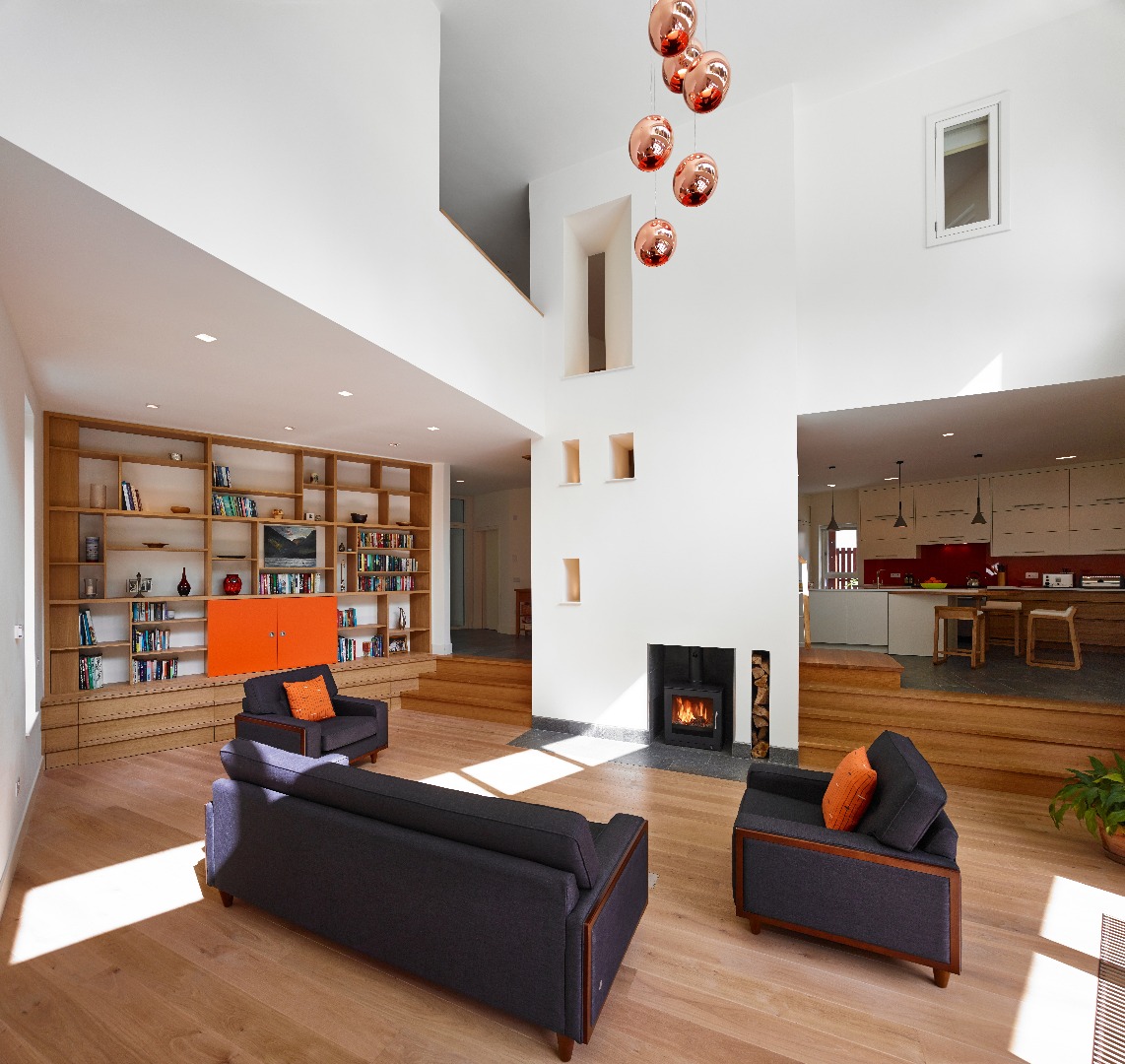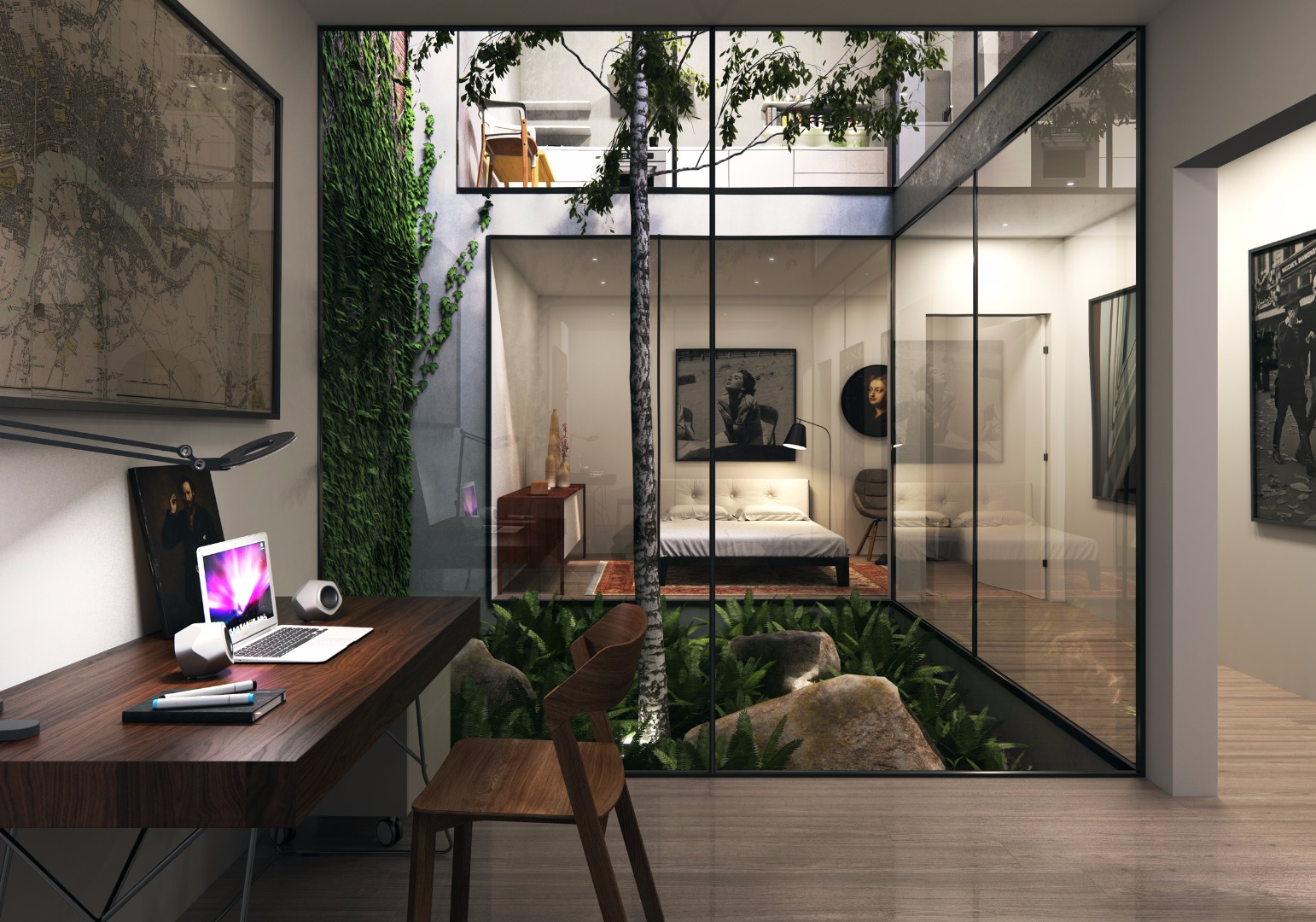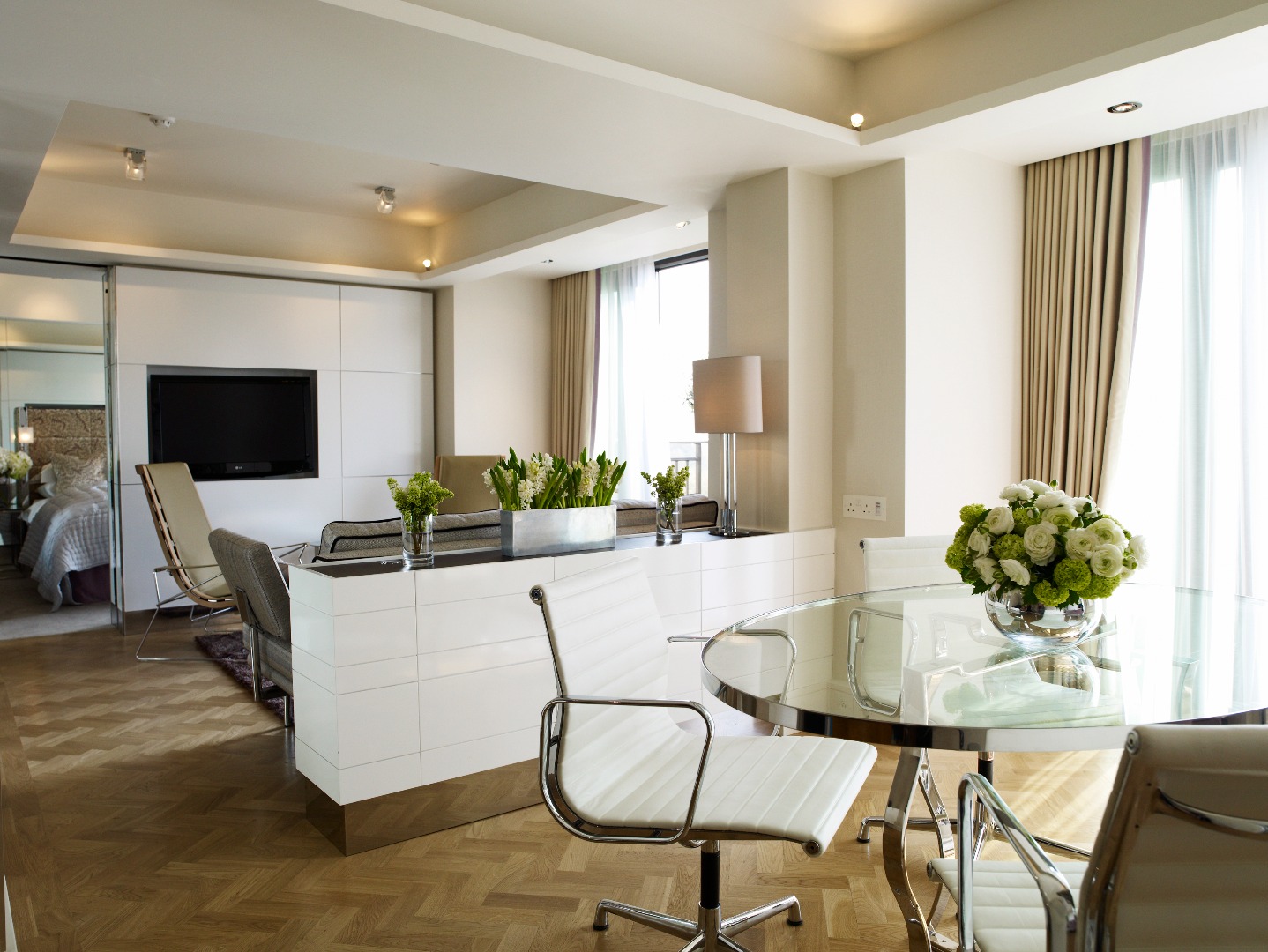We’ve interviewed countless designers over the years here at Home Journal about topics from their personal approaches to design to specific projects they’ve worked on, but seldom have we turned our lens onto the subject of how to hire an interior designer. Whether you’re looking to renovate your home or want to spruce up a space for a new business venture, how is it possible to pick among the wealth of talent that’s out there? And who better to answer this question than an interior designer themself?
We spoke to Elena Collins, senior interior designer at Purcell, an architecture, interior design, heritage and consultancy firm that specialises in projects in the United Kingdom and the Asia Pacific region. The firm is behind conservation and renovation projects for well-known local landmarks as the Hong Kong Central Government Offices and the Hong Kong Cricket Club; most recently, the company has taken on the regeneration of the Hong Kong Central Police Compound, which re-opens later this year. Keep reading for her expert advice.

1. Interior designer vs interior decorator: what’s the difference?
There is a common misconception that these two services are one and the same. Understanding the difference between them is the key to a successful project. An interior designer is usually involved from the inception of the project. They will consider ergonomics, lighting, sound, layout, safety and they will be well versed in building codes and regulations. They will work alongside architects, structural engineers and contractors. An interior decorator will not be involved in the building layout and mainly works with existing spaces, tailoring the aesthetics. Their focus is on furniture, colours and textures that capture personality and style.
2. Be prepared
Before meeting with the designer, make sure you have collected inspirational images of reference projects, samples and catalogues of furniture or materials that you like. Know what existing furniture you want to keep. Understand the strengths and weaknesses of your space in terms of functionality and aesthetics. This will help the designer understand your style and budget. A good designer will bring together practical design fundamentals and tailor them to suit your taste.
3. Know what you need
Many interior designers offer a range of services. Always be one step ahead and get what you need from them. You don’t have to sign up for the full package; rather, tailor their expertise to suit your requirements. Services can range from hourly design advice and conceptual proposals to tendering for a contractor and project managing the build

4. Talk money
Find out early on what and when you will be charged. There are many ways you can be accommodated, from time charge on an hourly basis, a lump sum fixed fee, or a percentage of the project costs. This will also be flexible according to the services that they can provide. Designers also often receive trade discounts, so check if they are passing these on to you. Set your budget – not being clear on what you are willing to spend only wastes time. A good designer will not only allocate the appropriate service, but also design a space and source appropriate fittings that suits your budget while also being in your style.
5. It’s OK to say no
Design is a collaborative effort, and open discussion is usually encouraged. If you feel strongly about something, it is best to say so. It helps the designer understand your objectives and taste, and ultimately the project will progress faster as a result.
6. Be flexible
Before starting the project, decide how much you want to be involved. It’s beneficial to be a part of the process to ensure that the end product is personal and exactly what you want. Do you want to source the furniture yourself? Are you willing to be onsite during the build? Be prepared for unforeseen problems during the build process and let the designer handle these problems. However, make sure that you’re the designers’ and contractors’ main priority so situations don’t escalate. By building flexible, open-minded and collaborative working relationships, the interior designer will be your great ally and help you to realise your vision for the project.

The post 6 things to consider when hiring an interior designer appeared first on Home Journal.






